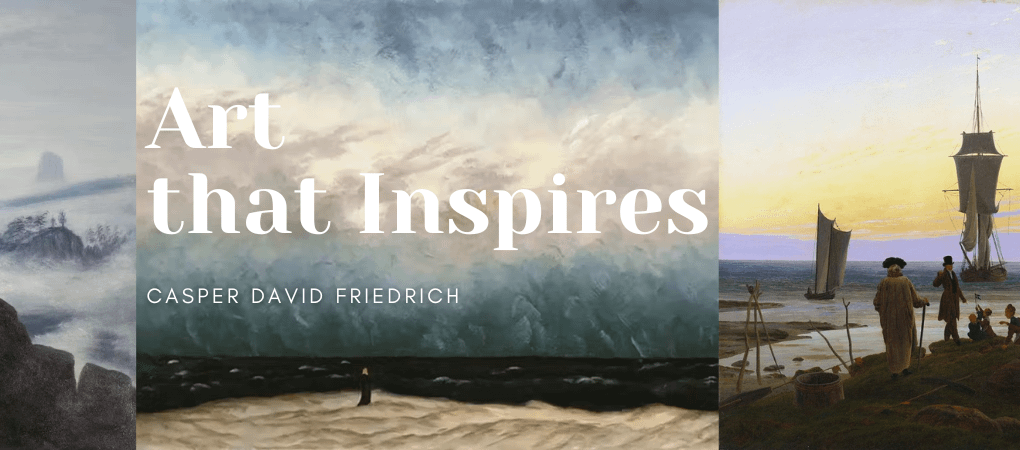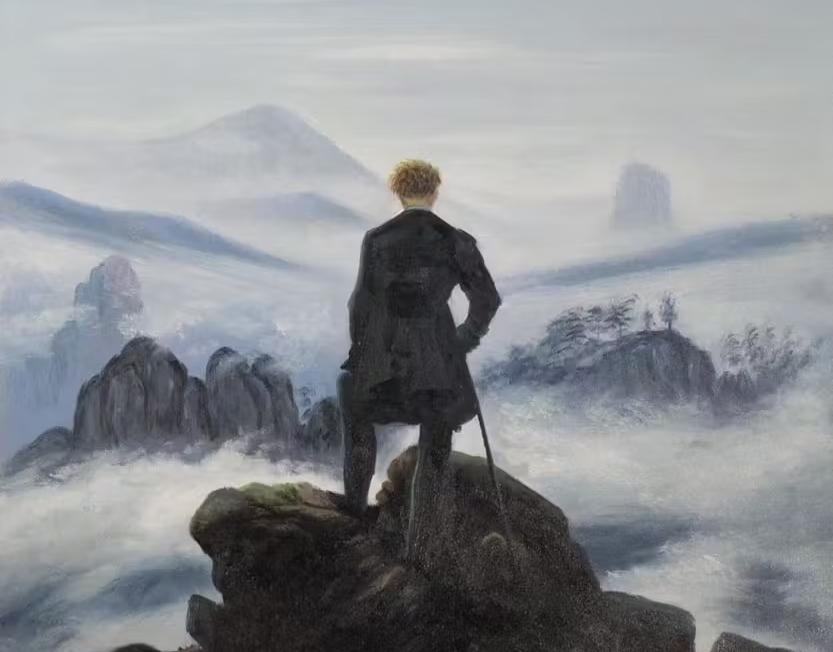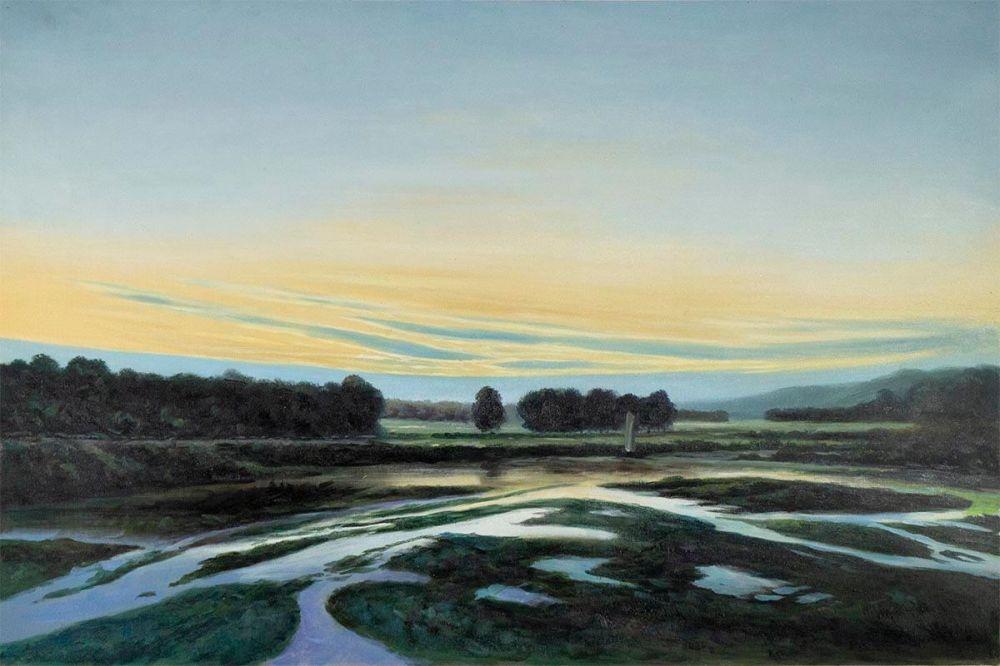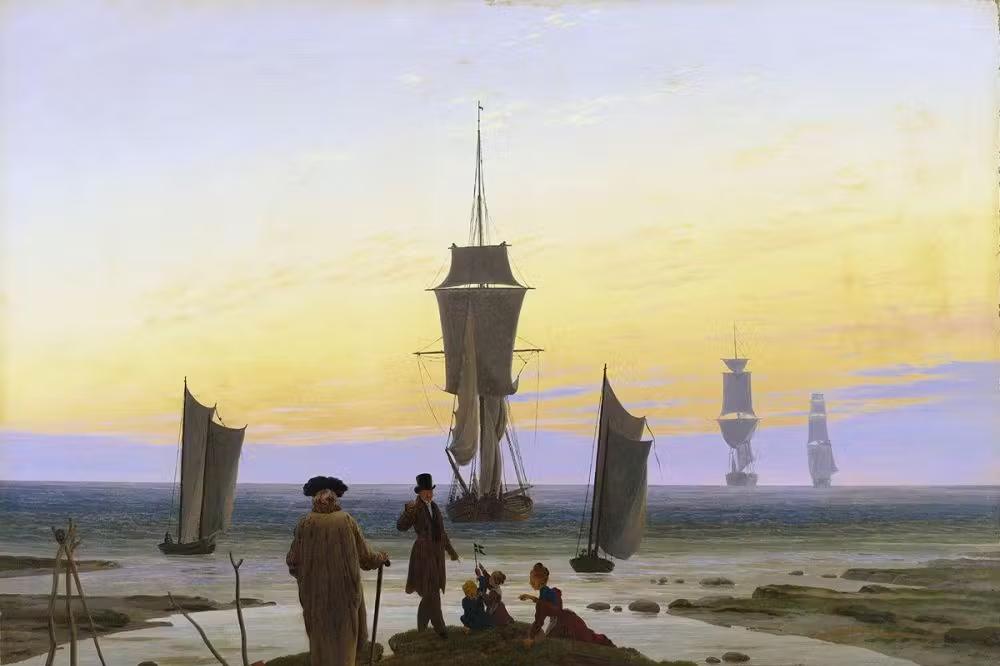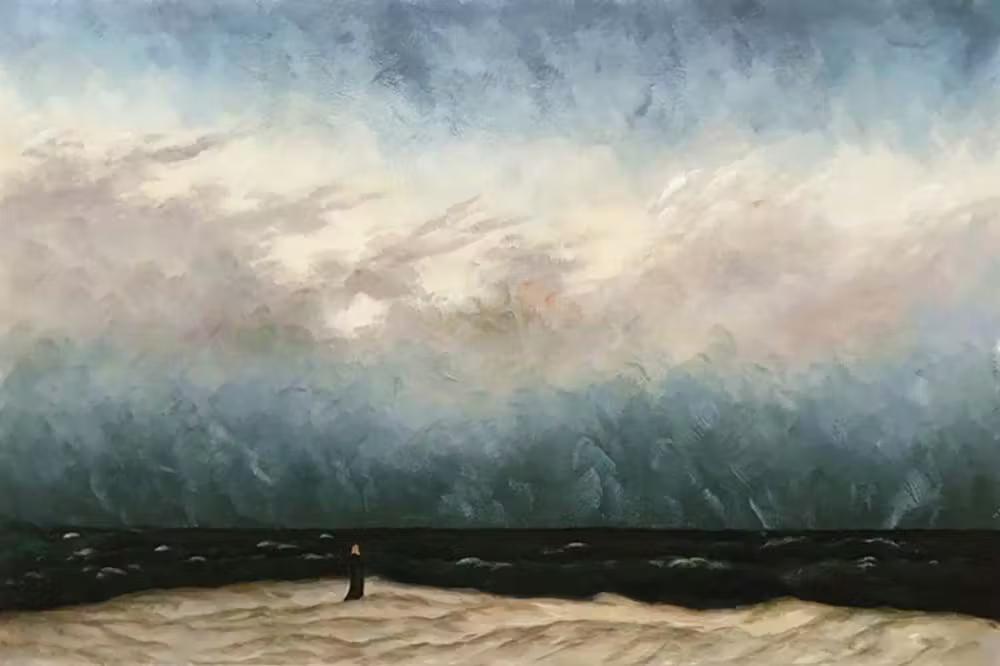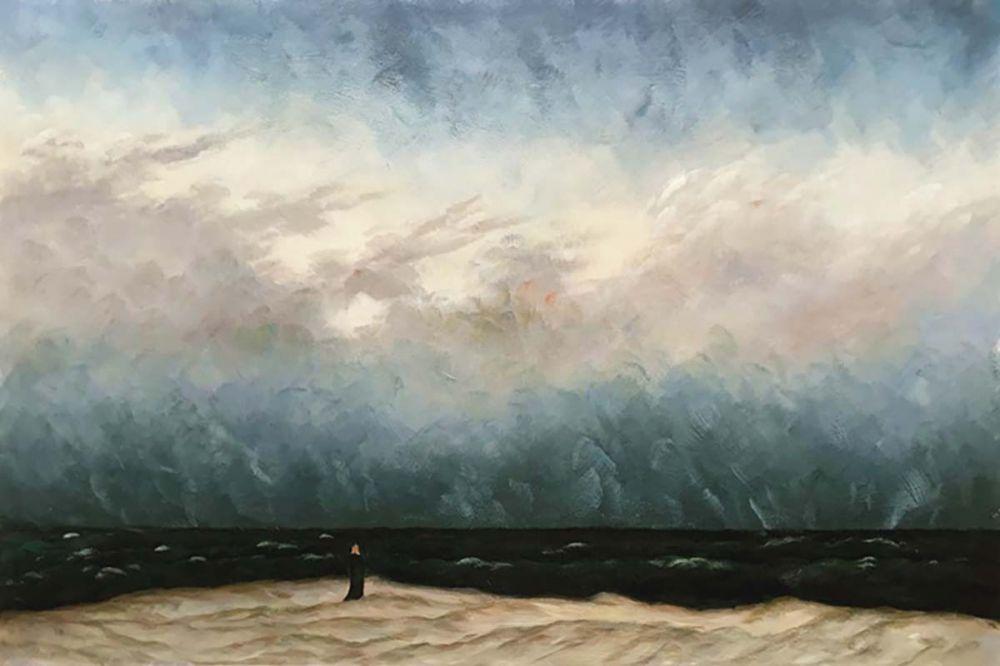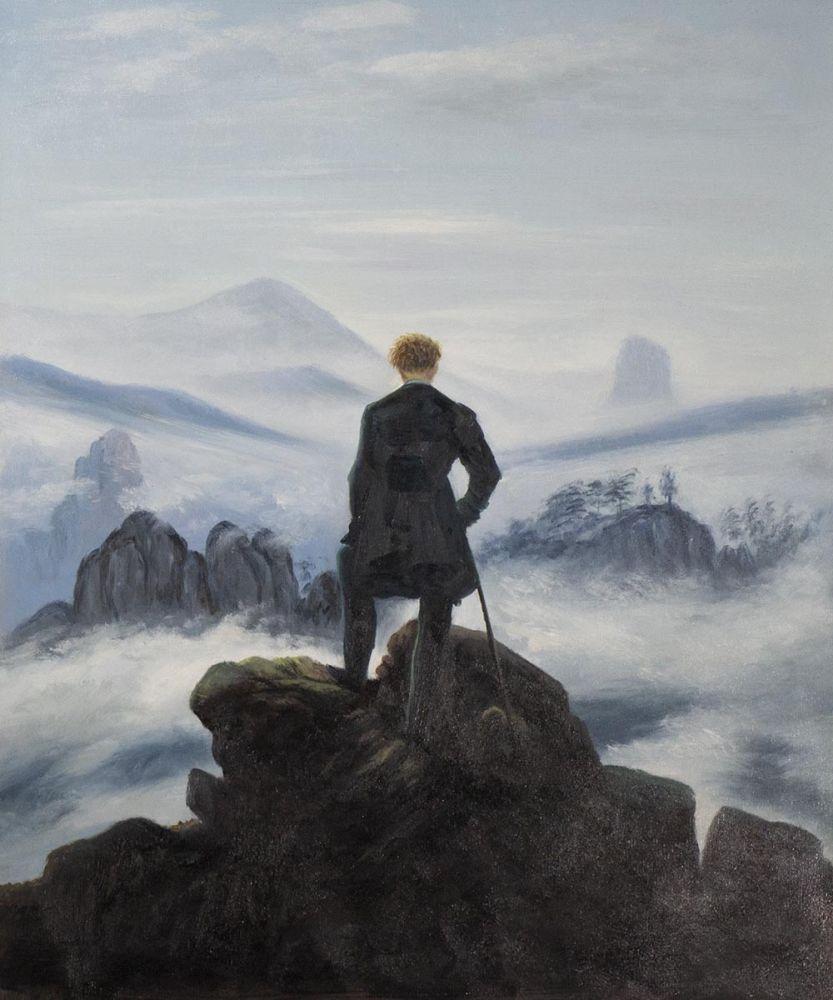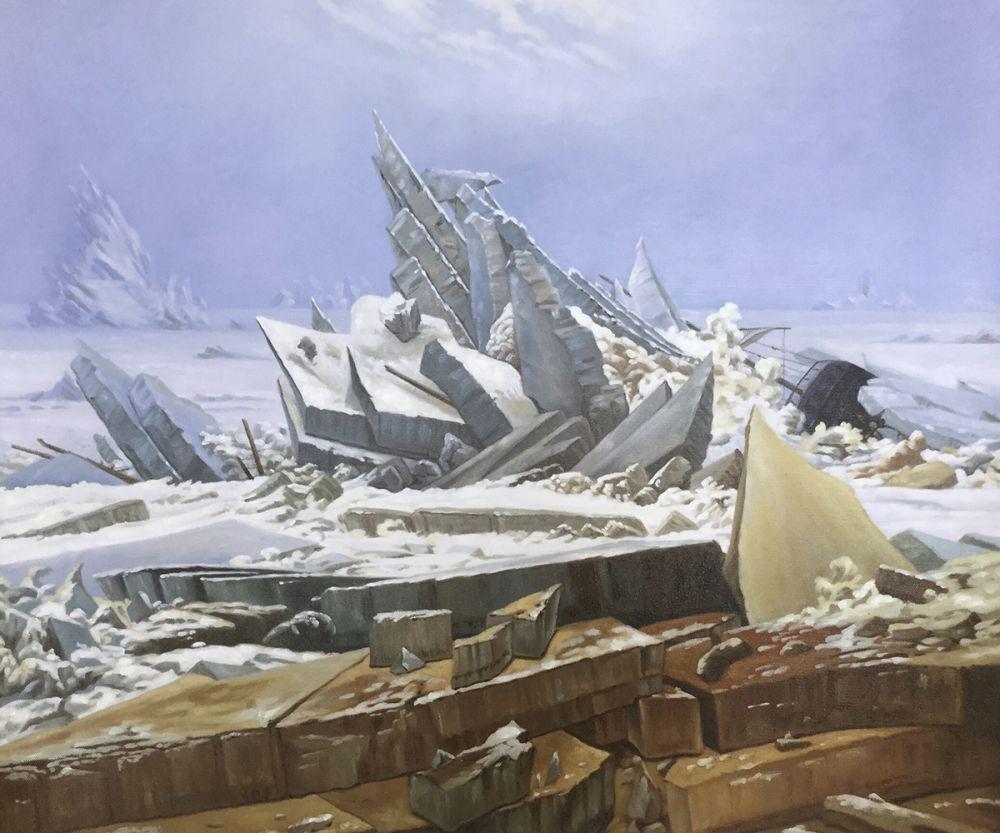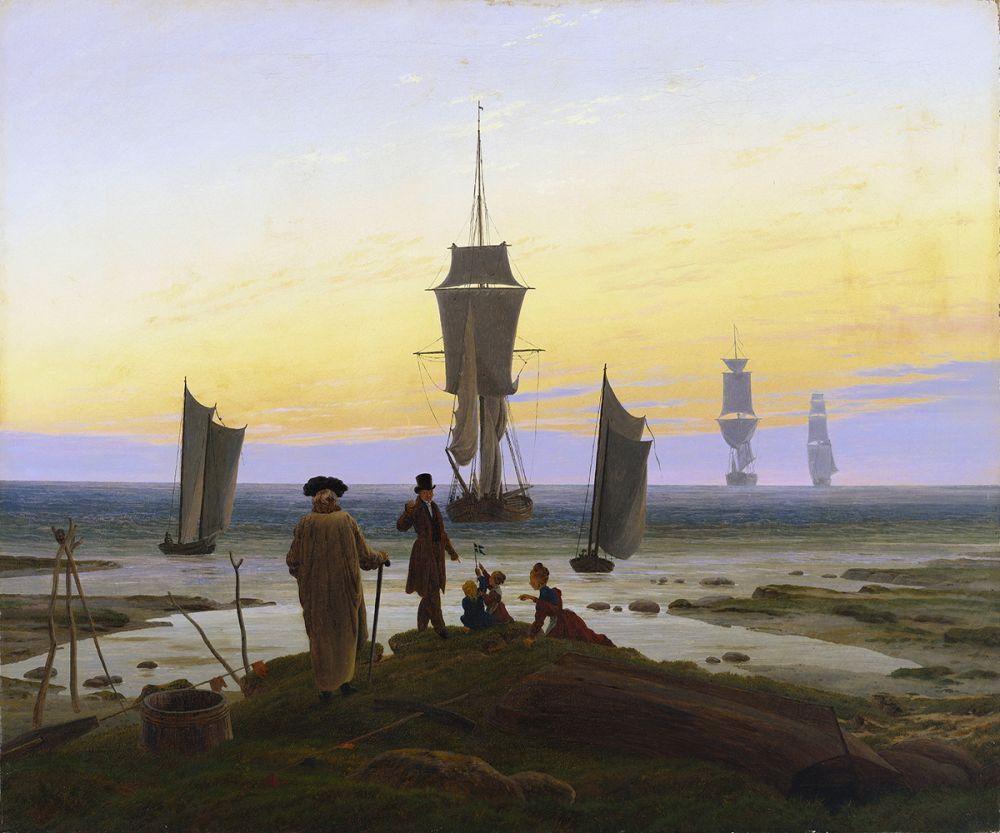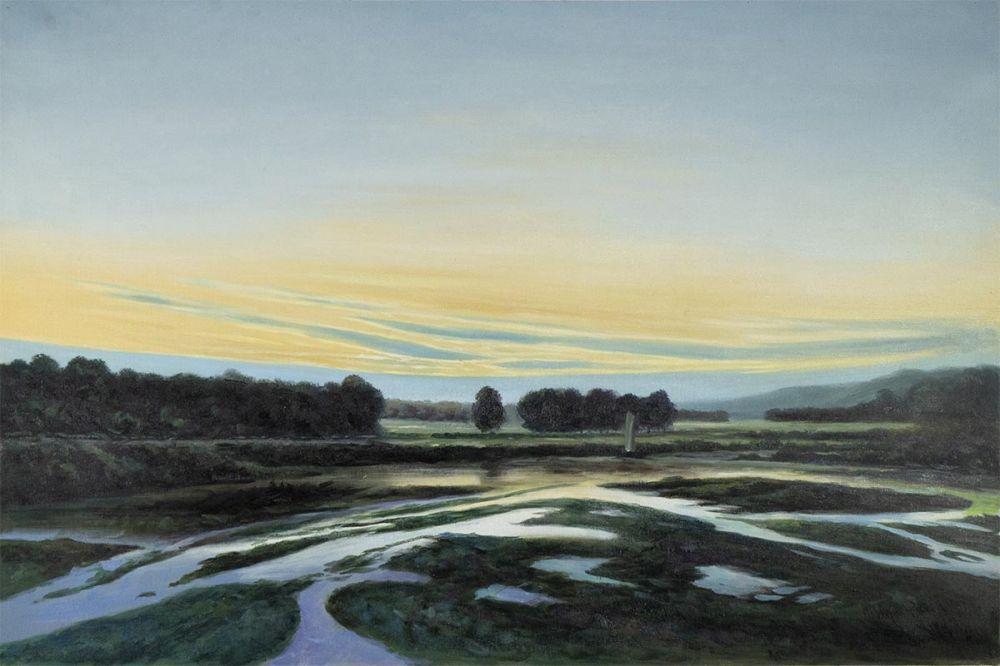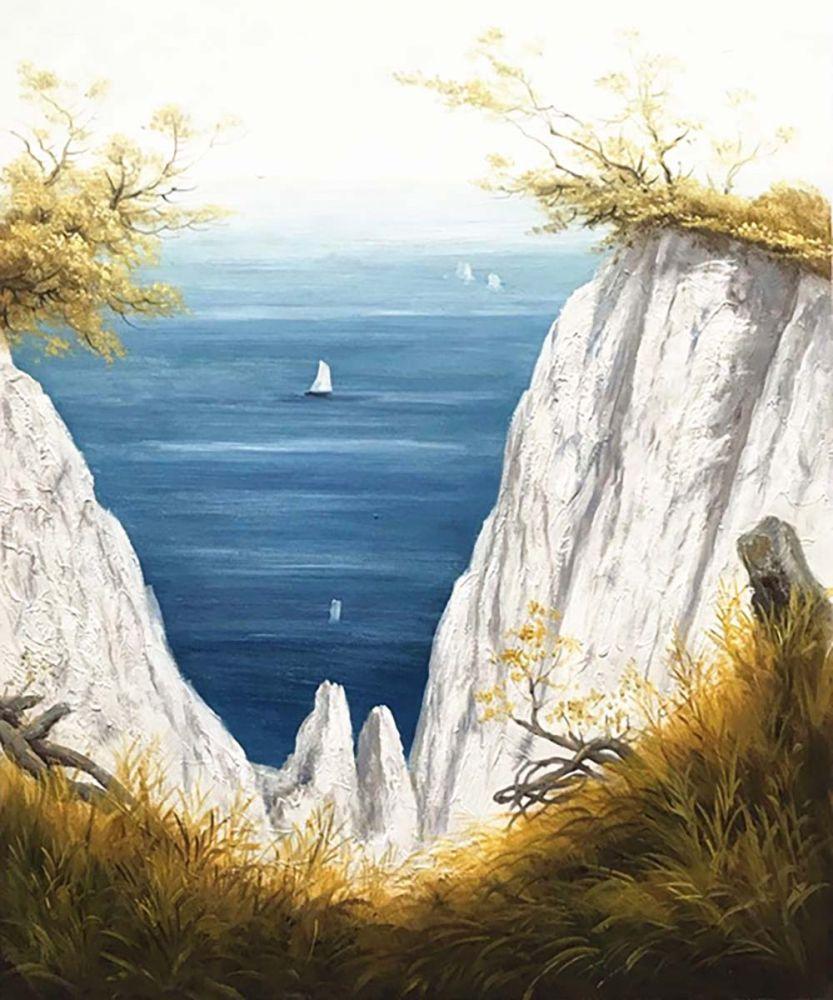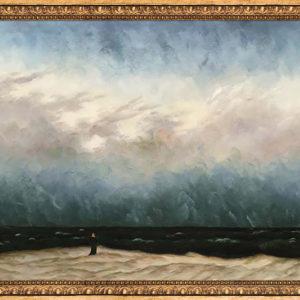Art
Art History
Caspar David Friedrich: Painting the Sublime
The artist Caspar David Friedrich does not just paint landscapes-he paints wonder. His works go beyond depicting nature; they evoke the vast, untamed forces of the world, immersing the viewer in an overwhelming sense of the sublime. When staring at a painting created by the German Romantic master, we don’t just see the world—we feel it. All of it, in ways deeper and more profound than one might expect.
While many specialists in the craft might point to Rückenfigur – the technique of placing a figure with their back to the viewer, removing preconceived notions of thought or emotion—the genius of Caspar David Friedrich reveals itself through his profound understanding of a person’s relationship with the surreal. He captures the explosive nature of internal experience as a reaction to the sublime, demonstrating that one cannot exist without the other. The grand scale of nature wields its power only over those who choose to stand on its shoulders.
Wanderer Above the Sea of Fog
Perhaps Friedrich’s most famous painting, Wanderer Above the Sea of Fog epitomizes Romanticism’s obsession with the individual against nature. A lone figure stands atop a jagged rock, looking over a mist-covered landscape that stretches into infinity. It is not merely a person surveying the land-it is an image of contemplation, vulnerability, and the enormity of existence itself.
The Great Enclosure near Dresden
Friedrich often infused his landscapes with mystery and melancholy, and The Great Enclosure near Dresden is no exception. The wide expanse of land, punctuated by ruins and barren trees, seems to breathe with the echoes of history. The painting invites the viewer into a quiet meditation on time’s passage, the fragility of human existence, and nature’s quiet reclamation of what once belonged to man.
The Life Stages
This painting, the Life Stages, is not just about the sun setting and the moon rising—it captures the crisp whisper of an evening breeze shot off the shore, whistling past every hair on your head and across every thread of your clothing. Friedrich uses light and shadow to evoke the passage of time, illustrating the journey of life from youth to old age. The figures in the painting reflect the human condition, standing at different distances from the sea, as if to symbolize the stages of life’s inevitable march.
The Sea of Ice (Das Eismeer)
It isn’t just a shipwreck we see here; it is a ship being swallowed by the freezing cold Arctic tundra. The jagged shards of ice, in The Sea of Ice rising like monolithic tombstones, convey the brutal force of nature, utterly indifferent to human struggle. Friedrich’s ability to depict destruction with such raw, silent intensity forces us to confront our own insignificance in the face of nature’s power.
Chalk Cliffs at Rügen
A rare burst of color among Friedrich’s typically somber palette, Chalk Cliffs at Rügen captures a moment of awe. The bright whites of the cliffs, juxtaposed against the deep blue of the sea, invite the viewer to peer over the precipice, experiencing the vertigo of nature’s vastness firsthand. There is wonder here, but also a subtle reminder of the abyss beneath our feet.
The Monk by the Sea
In the Monk by the Sea, you are not just looking at a person standing at a shoreline; you are looking at a shoreline with a blip of humanity. The stark simplicity of this painting—an expanse of sea and sky swallowing a tiny, solitary figure-creates a profound feeling of solitude and contemplation. It embodies Friedrich’s mastery of scale and emotion, reducing humanity to a fleeting presence before the immensity of the world.
Caspar David Friedrich’s art does not simply portray landscapes-it immerses us in them. Through a delicate balance of realism and transcendence, he transforms nature into an emotional experience, urging us to stand before the sublime and recognize our place within it. His paintings whisper of wonder, of isolation, of time’s passage, and of the eternal dialogue between humankind and the infinite unknown.
